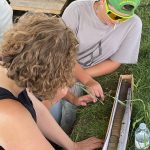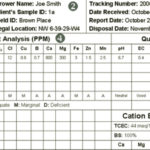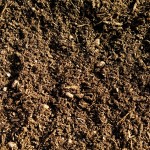Taking representative soil samples, choosing the right depths, and analyzing key nutrients can improve fertilizer planning and crop performance on western Canadian farms.


Agronomy Management: Take representative soil samples, choose the right depths, analyze key nutrients

Agronomy Management: The proper test for your soil and region can help answer questions your plants’ roots will ask this season

Q & A with an expert



The best results are only as good as the plans you implement to deal with them

If you don’t measure what you have, you can’t know what to add. Know the basics of taking soil tests
